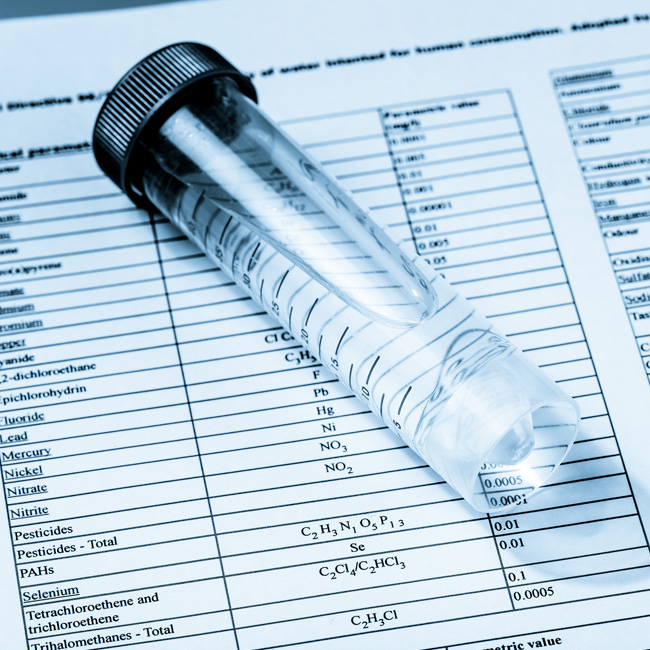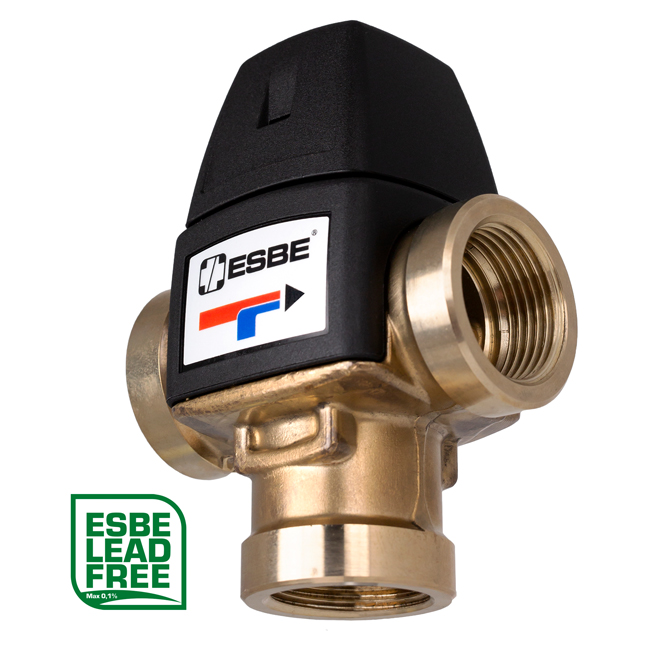WHAT DOES TAP WATER MEAN? ESBE EXPLAINS
2022-11-08

When you fill the glass with cold tap water, when you start the washing machine or when you stand under the warm rays of the shower – then you are using tap water. When we at ESBE, plumbers and others in the plumbing industry talk about tap water, we mean drinking water but also the water that is used to meet daily water needs.
There is tap water here
• Toilet/Water closet
• Wash basin
• Bathtub
• Shower
• Sink
• Washing bench
• Other sanitary equipment
The new drinking water directive affects tap water throughout the EU
In October 2020, the EU Council of Ministers decided to adopt the proposal for a new drinking water directive. The purpose of the directive is to future-proof both the drinking water quality and the drinking water supply within the EU.
The Swedish Sea and Water Authority says this on its website:
“The EU’s new drinking water directive will replace an older directive from 1983 and contains several novelties, including tightened regulations on drinking water quality and increased access to drinking water, improved information to the public and new rules for materials in contact with drinking water."
Who ensures the quality of drinking water?
The tap water and its contents are quality assured by a water distributor. The distributor must comply with the EU’s new drinking water directive and the country’s possibly more stringent directives. The exception is people with their own water supply (own well), but then there is both advice and tests to follow.
Reduce the lead content through your material choices
In a previous article, we mentioned that the new drinking water directive is a minimum directive. This means that EU member states can decide on their own stricter directives regarding the amount of lead in drinking water. Lead is very toxic to us humans, indeed to all living things. Therefore, it’s good to know that you actually can influence the lead content in your tap water by choosing a supplier of brass products that reports limit values within permissible levels.

ESBE’s thermostatic tap water valves are approved!
In brass products, lead is used as an alloying element because a low addition of lead results in safer manufacturing and a finer end product.
Brass has been used in the manufacture of faucets, fixtures and fittings for a long time. Also by us at ESBE. Therefore, choose a product manufacturer where the lead content is within recommended limit values.
ESBE’s products for tap water all have lead levels that are below recommended limit values. We also offer a series of thermostatic valves that are lead-free (maximum 0.1 percent lead). For us, this is a natural development. Probably because we have been in the same place for more than 115 years. The environment around us consists of deep forests, meadows and pastures, lakes rich in fish and the occasional, red-painted croft. Some things cannot be compromised. We think sustainability and health are such things.
Related articles
ESBE tip: Avoid stagnant water in the hot water pipes »
ESBE's brass products are manufactured from recycled brass





















